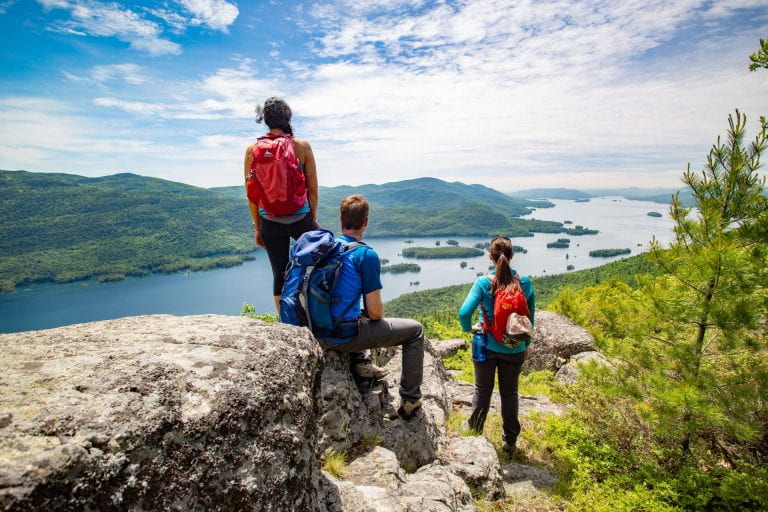Of all the industries impacted by the COVID-19 pandemic, tourism has been most devastated. Because one in ten jobs globally is tourism-dependent, the industry’s collapse is profoundly impacting communities and economies everywhere. In fact, the World Travel and Tourism Council (WTTC) forecasts that the crisis will cost 100 million tourism jobs worldwide.
What’s the key to rebuilding, once travelers feel safe enough to take to the skies, roads and rails again? As International Institute of Tourism Studies Executive Director Seleni Matus explains, “An intentional and sustainable future is critical now more than ever. We need to ensure that people living in travel destinations—whether they’re coastal, rural or urban— benefit financially from visitors and that they have the incentive to conserve their environmental and cultural resources for now and the future.”
For thirty years, George Washington University’s International Institute for Tourism Studies has been working with destination stakeholders—including tourism managers, business owners, policy makers and local community members—to guide the sustainable development of tourism generally. As part of this work, the institute has partnered with the Adventure Travel and Tourism Association to produce the Adventure Tourism Destination Index (ATDI), which ranks destinations according to criteria including health care, protected areas and environmental performance. These key indicators help to determine how ready a destination is to host visitors seeking adventure experiences.
While the index is designed as a tool for anyone working in tourism development, it’s particularly relevant for Destination Management Organizations (DMOs). As Matus notes, “Given current needs and realities, the newly released ATDI 2020 is particularly timely and important for adventure destinations preparing for the arrival of post-pandemic visitors.”
This year’s winners for destination competitiveness: Iceland and the Czech Republic remained in the lead, and Iceland held the distinction of first place for the third year in a row.
In addition to the ADTI, the International Institute of Tourism Studies partnered with the Global Sustainable Tourism Council to produce the Global Destination Sustainability Report—a companion to the ADTI— with a specific focus on 24 destinations ranked on criteria such as waste management, wildlife protection and the preservation of cultural heritage, for example. While the GSTC report is not adventure destination specific, it may be used by any destination manager seeking insights into sustainable management, which basically leads to a balance between the short-term benefits and the long-term interests of local communities.
Over the past few years, destination managers, business owners and policy-makers have had to contend with an additional reality, if they are to remain competitive in the marketplace. That is their ability to adapt to climate change. As the GSTC report concludes, destinations everywhere need to put in place a plan to address the impact of more frequent and intense weather-related events, water shortages and carbon emissions, for example.
While during the year leading up to the pandemic destinations were focused on managing for overtourism—or the unsustainable influx of visitors—those same destinations must continue to manage strategically and intelligently, no matter how many visitors they’re currently hosting, so that they remain competitive in the marketplace. As Matus stresses, “Only destinations that are healthy and have a solid sustainable management plan in place are likely to remain viable over the long term.”


